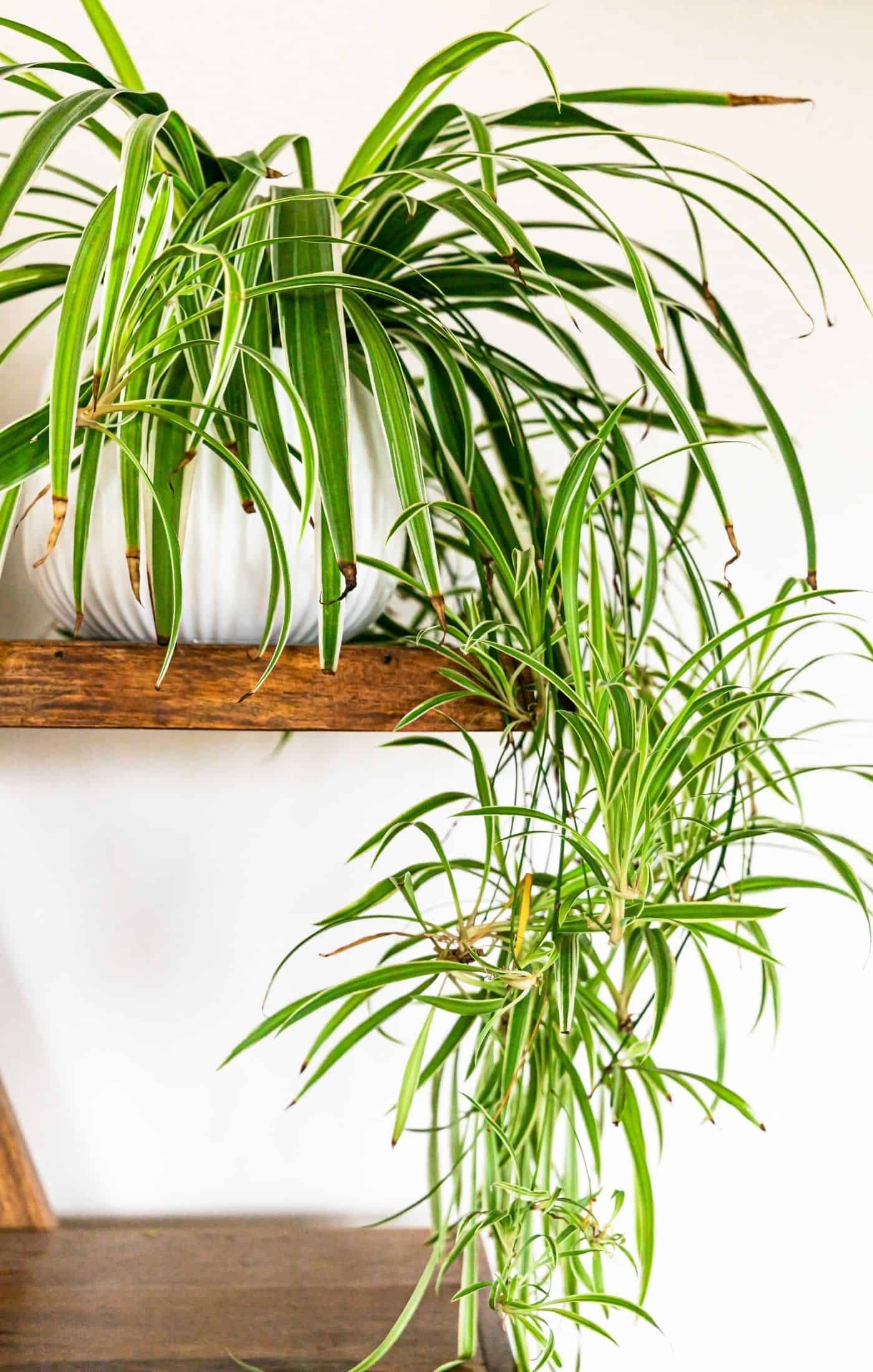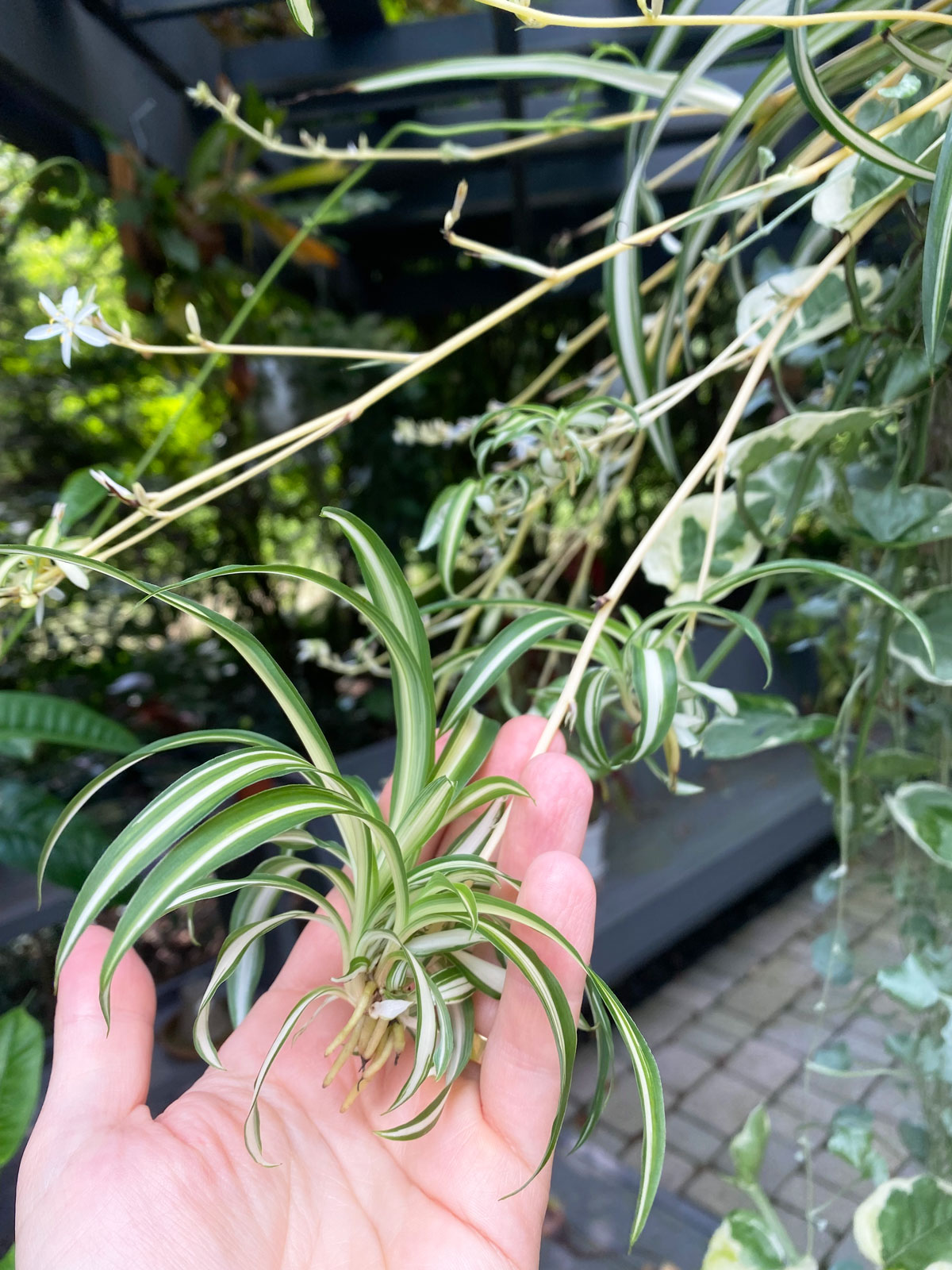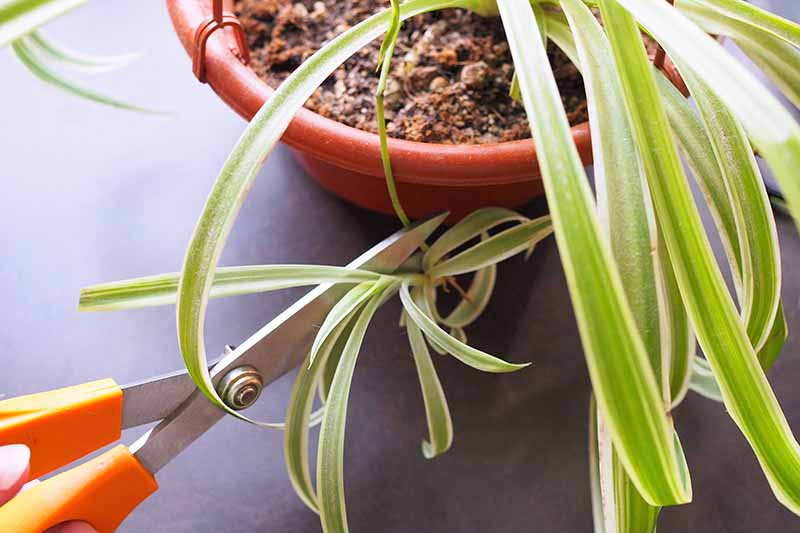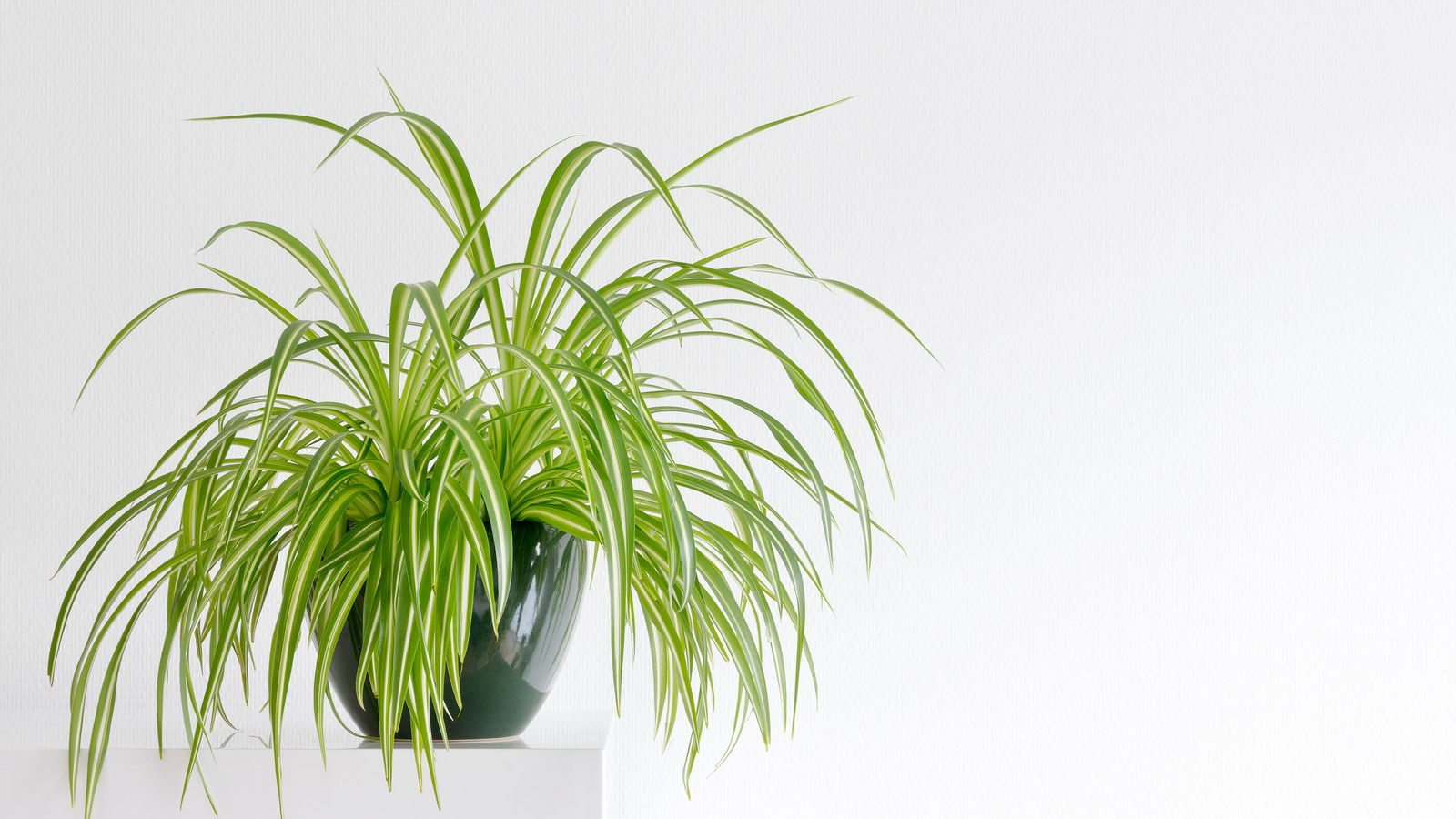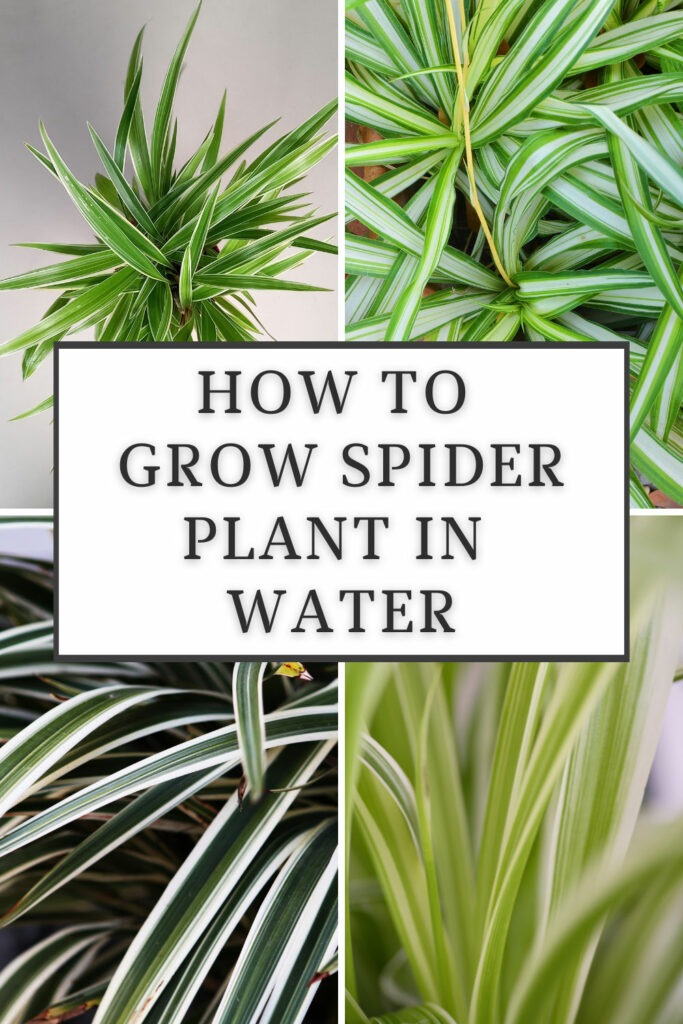Unlocking the Secrets of Spider Plant Care
Spider plants are one of the most popular, low-maintenance houseplants, and for good reason. Not only do they purify the air and add a touch of greenery to any room, but they’re also incredibly easy to care for. With their creeping stems and leaves, spider plants are a great choice for hanging baskets or pots, and can thrive in a variety of lighting conditions. Whether you’re a seasoned gardener or a beginner, learning how to grow spider plants is a great way to bring some life and beauty into your home.
One of the best things about spider plants is their ability to adapt to different environments. They can tolerate a range of lighting conditions, from bright indirect light to partial shade, making them a great choice for rooms with limited natural light. They’re also relatively small, making them perfect for apartments or offices with limited space. With proper care, spider plants can grow quite large, but they can also be pruned back to maintain a smaller size.
In addition to their adaptability, spider plants are also great air purifiers. They’re able to remove toxins and pollutants from the air, making them a great choice for indoor spaces. They’re also non-toxic and pet-friendly, making them a great choice for homes with pets or young children.
So why should you learn how to grow spider plants? Not only are they beautiful and low-maintenance, but they’re also a great way to purify the air and add some life to your home. With their creeping stems and leaves, spider plants are a great choice for hanging baskets or pots, and can thrive in a variety of lighting conditions. Whether you’re a seasoned gardener or a beginner, learning how to grow spider plants is a great way to bring some beauty and life into your home.
Choosing the Right Environment for Your Spider Plant
When it comes to growing spider plants, one of the most important factors to consider is the environment in which they will thrive. Spider plants are adaptable to a range of lighting conditions, but they generally prefer bright, indirect light. Placing your spider plant near an east- or west-facing window is ideal, as this will provide the right amount of light without causing the leaves to become scorched.
In addition to lighting, temperature is also an important consideration when growing spider plants. These plants prefer temperatures between 65-75°F (18-24°C), which is typical for most indoor spaces. Avoid placing your spider plant near heating or cooling vents, fireplaces, or drafty windows, as this can cause the temperature to fluctuate and stress the plant.
Humidity is another factor to consider when growing spider plants. These plants prefer a relatively high humidity, typically above 50%. To maintain the right humidity level, you can place the plant on a tray filled with water and pebbles or use a humidifier nearby. However, be careful not to over-humidify, as this can lead to root rot and other problems.
Finally, air circulation is also important for spider plants. Make sure to provide good air circulation around the plant by keeping it at least 6-8 inches away from any walls or other objects. This will help prevent fungal diseases and promote healthy growth.
By providing the right environment for your spider plant, you’ll be well on your way to growing a healthy and thriving plant. Remember to consider factors such as lighting, temperature, humidity, and air circulation when choosing a location for your plant, and adjust as needed to ensure optimal growth.
The Art of Watering Your Spider Plant
Watering is one of the most critical aspects of spider plant care. Overwatering can lead to root rot and other problems, while underwatering can cause the leaves to become dry and brittle. So, how do you know when to water your spider plant?
The key is to check the soil moisture regularly. Stick your finger into the soil up to the first knuckle, and if the soil feels dry, it’s time to water. If the soil feels damp or wet, wait a few more days before watering again. This will help you avoid overwatering and ensure that your spider plant is getting the right amount of moisture.
When watering your spider plant, make sure to use room-temperature water. Cold water can shock the roots, while hot water can cause the leaves to become scorched. Water your spider plant thoroughly, making sure that the pot drains well to prevent waterlogged soil.
It’s also important to consider the time of year when watering your spider plant. During the spring and summer months, spider plants require more water due to increased growth. During the fall and winter months, they require less water due to slower growth.
By following these tips, you can master the art of watering your spider plant and provide it with the right amount of moisture to thrive. Remember to check the soil moisture regularly, use room-temperature water, and adjust your watering schedule according to the time of year.
Learning how to grow spider plants requires attention to detail and a willingness to adapt to changing conditions. By providing the right amount of water, you can help your spider plant grow strong and healthy, and enjoy its beautiful foliage and air-purifying benefits for years to come.
Fertilizing Your Spider Plant for Optimal Growth
Fertilizing your spider plant is an essential part of its care. Spider plants require a balanced fertilizer that provides the necessary nutrients for healthy growth. A balanced fertilizer should contain equal amounts of nitrogen, phosphorus, and potassium (NPK).
When choosing a fertilizer for your spider plant, look for a product that is specifically formulated for indoor plants. Avoid using fertilizers that are high in nitrogen, as this can cause the plant to become leggy and weak. Instead, opt for a fertilizer that is high in phosphorus, as this will promote healthy root growth and development.
Apply the fertilizer according to the manufacturer’s instructions, usually once a month during the growing season (spring and summer). Dilute the fertilizer to half the recommended strength to avoid burning the roots. You can also use a fertilizer specifically designed for spider plants, which will provide the necessary nutrients for optimal growth.
Some popular fertilizers for spider plants include Miracle-Gro Indoor Plant Food, Schultz Indoor Plant Food, and Espoma Organic Indoor Plant Fertilizer. These products are all highly rated and provide the necessary nutrients for healthy growth.
Remember to fertilize your spider plant sparingly, as overfertilizing can cause more harm than good. By providing the right amount of nutrients, you can help your spider plant grow strong and healthy, and enjoy its beautiful foliage and air-purifying benefits for years to come.
Learning how to grow spider plants requires attention to detail and a willingness to adapt to changing conditions. By providing the right amount of fertilizer, you can help your spider plant thrive and enjoy its many benefits.
Pruning and Propagating Your Spider Plant
Pruning and propagating your spider plant are essential steps in maintaining its health and promoting new growth. Pruning helps to remove dead or dying leaves and stems, which can help to prevent the spread of disease and encourage new growth. Propagating, on the other hand, allows you to create new plants from the mother plant, which can be a fun and rewarding experience.
To prune your spider plant, start by removing any dead or dying leaves or stems. Use a pair of clean scissors or pruning shears to cut the leaves or stems at the base of the plant. Make sure to disinfect your pruning tools between cuts to prevent the spread of disease.
Next, inspect the plant for any signs of damage or disease. If you notice any damaged or diseased leaves or stems, remove them immediately to prevent the spread of disease.
Once you have pruned your spider plant, you can propagate new plants from the mother plant. To do this, simply cut off a few of the plant’s stems, making sure each stem has at least two nodes (the joint where the leaf meets the stem). Place the cut ends in a glass of water or a propagation tray filled with water, and wait for roots to develop.
After a few weeks, you should start to see roots developing on the cut ends of the stems. Once the roots have developed, you can plant the new stems in a pot filled with well-draining soil. Water the soil gently but thoroughly, and keep the soil consistently moist but not waterlogged.
By pruning and propagating your spider plant, you can help to maintain its health and promote new growth. This can be a fun and rewarding experience, and can help to ensure that your spider plant continues to thrive for years to come.
Learning how to grow spider plants requires attention to detail and a willingness to adapt to changing conditions. By pruning and propagating your spider plant, you can help to ensure that it continues to thrive and provide you with years of enjoyment.
Common Pests and Diseases to Watch Out For
Spider plants are generally hardy and resistant to pests and diseases, but they can still be susceptible to certain issues. Some common pests that can affect spider plants include spider mites, mealybugs, and scale. These pests can cause damage to the leaves and stems of the plant, and can also spread disease.
Spider mites are tiny, spider-like insects that feed on the sap of the plant. They can cause yellowing or bronzing of the leaves, and can also spin webs on the plant. Mealybugs are small, white insects that feed on the sap of the plant, and can cause stunted growth and yellowing of the leaves. Scale is a type of insect that feeds on the sap of the plant, and can cause stunted growth and yellowing of the leaves.
To treat these pests, you can use insecticidal soap or neem oil. These products can be applied directly to the affected areas of the plant, and can help to kill the pests and prevent further damage.
In addition to pests, spider plants can also be susceptible to certain diseases. Root rot is a common disease that can affect spider plants, and is caused by overwatering or poor drainage. This disease can cause the roots of the plant to rot, and can lead to the death of the plant.
To prevent root rot, make sure to water your spider plant carefully, and avoid getting water on the leaves or crown of the plant. You can also use a well-draining potting mix to help prevent waterlogged soil.
Another disease that can affect spider plants is leaf spot. This disease is caused by a fungal infection, and can cause small, circular spots to form on the leaves of the plant. To treat leaf spot, you can use a fungicide, and make sure to remove any affected leaves to prevent the spread of the disease.
By being aware of these common pests and diseases, you can take steps to prevent them from occurring, and keep your spider plant healthy and thriving.
Tips for Repotting Your Spider Plant
Repotting your spider plant is an essential part of its care. As the plant grows, it will eventually outgrow its container and need to be transplanted into a larger pot. This process can be a bit tricky, but with the right techniques, you can minimize stress to the plant and ensure a successful repotting.
Before you start repotting, make sure to choose a pot that is only slightly larger than the original one. Spider plants prefer to be slightly root-bound, so a pot that is too large can cause the soil to become too wet and lead to root rot.
Next, select a well-draining potting mix that is specifically designed for indoor plants. Avoid using regular garden soil, as it can compact and prevent proper drainage.
When repotting, gently remove the plant from its original pot and inspect the roots. If the roots have become circling or tangled, use a fork to gently tease them apart. This will help to prevent the roots from becoming too dense and promote healthy growth.
Place the plant in its new pot and add fresh potting mix around the roots. Make sure to leave enough space between the soil surface and the top of the pot for watering.
After repotting, water the plant thoroughly and provide bright, indirect light. Keep the soil consistently moist but not waterlogged, and avoid fertilizing for a few weeks to allow the plant to adjust to its new environment.
By following these tips, you can successfully repot your spider plant and provide it with the room it needs to continue growing and thriving.
Repotting is an essential part of spider plant care, and by doing it correctly, you can help to promote healthy growth and prevent common problems. By choosing the right pot and potting mix, handling the roots with care, and providing the right environment, you can ensure a successful repotting and enjoy your spider plant for years to come.
Enjoying the Fruits of Your Labor: Spider Plant Varieties and Displays
With proper care and attention, your spider plant can thrive and provide you with beautiful foliage and air-purifying benefits for years to come. But did you know that there are many different varieties of spider plants, each with its own unique characteristics and growth habits?
One of the most popular varieties of spider plants is the ‘Variegatum’ variety, which features leaves with yellow or white stripes. This variety is known for its compact growth habit and is often used in hanging baskets or containers.
Another popular variety is the ‘Tricolor’ variety, which features leaves with three distinct colors: green, white, and yellow. This variety is known for its vibrant colors and is often used in decorative arrangements.
In addition to these varieties, there are many other types of spider plants to choose from, each with its own unique characteristics and growth habits. Some popular varieties include the ‘Bonnie’ variety, which features curly leaves, and the ‘Hawaiian’ variety, which features leaves with a more compact growth habit.
When it comes to displaying your spider plant, the possibilities are endless. You can use a hanging basket or container to add a touch of greenery to a room, or you can create a beautiful arrangement using multiple plants and decorative elements.
One popular way to display spider plants is to use a macrame hanger or a woven basket. These types of displays add a bohemian touch to any room and can be easily customized to fit your personal style.
Another popular way to display spider plants is to use a decorative planter or container. These types of displays can add a touch of elegance to any room and can be easily customized to fit your personal style.
By choosing the right variety of spider plant and displaying it in a beautiful arrangement, you can enjoy the fruits of your labor and add a touch of greenery to your home.


:max_bytes(150000):strip_icc()/spider-plant-propagation-5087087-03-e185fcf1c3cf4674a2ec9157da048667.jpg)
